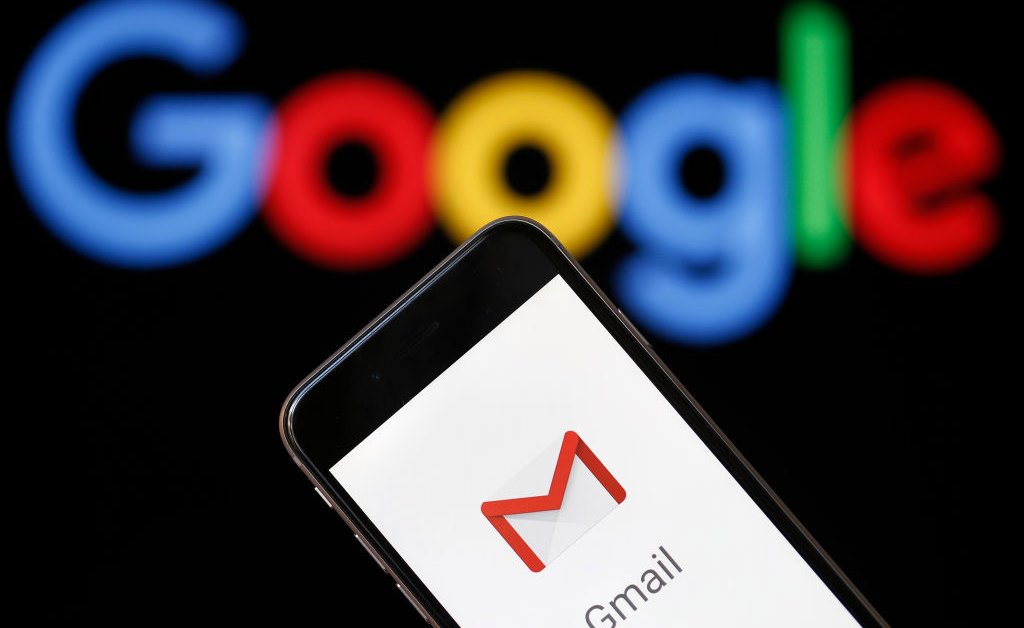With the first full beta update of Android P Google has announced a new navigation bar feature that replaces the traditional buttons with gestures. This feature is disabled by default but we can go in and turn it on by following these steps laid out here.
Similar to how we’re seeing a number of smartphone manufacturers shifting to the notched screen trend, we’re also seeing gesture based navigation becoming popular. I honestly prefer it when I can do a quick gesture to perform some of these actions instead of having software navigation bar buttons on the screen at all time.
I have gone to detail technical step by step instructions how on to do all sorts of things with smartphones to enable this functionality over the years (such as disabling the navigation bar).
However, Google’s implementation just doesn’t make much sense to me. They want to reduce three buttons to one but most apps will still tell Android to display a back button here. So now we’ve gone from three buttons to two, and one of these buttons is now sharing its duty with the swipe up gesture. Since a half swipe up brings you to the recents page while a full swipe up will display the application drawer. And of course, tapping on the dash button will continue take you to the Home Screen as you would expect.
Still, there are a lot of people who enjoy what Google has done here so let me show you how to enable the new gesture based Navigation Bar within Android P.
Enabling the Android P Gesture Navigation Bar
- Open up the Settings application
- Scroll down and then tap on the System option
- Then tap the Gestures option
- So you can then tap the Swipe Up on Home Screen option
- And finally toggle this feature on to change the navigation bar
Explanation
My big issues with this change is that it doesn’t really make things any easier for the casual user. Instead of them knowing that the square (or whatever else Google/OEMs want to use) button will show them a list of their recent applications, they now have to carefully swipe up, but not too far, to be taken to the same page. This will be fine for veteran Android users, and even new people to the platform who are adept with technology, but this is just going to be a pain for the elderly.
Right now, the new Android P Navigation Bar gestures are disabled by default and that is a good thing, but we could see the operating system slowly transitioning to these new gestures as default in future updates. Either way, anyone wanting to try this new feature out will want to launch the Settings application. From here, scroll down all the way until you can tap on the System option. This screen is where the Gestures menu option is hiding and tapping it will reveal a number of gestures that we can turn on or off.

Most of these gestures you should already be aware of as it is this new Swipe Up on Home Screen gesture that we want to focus on. Tap this option and you will see a brief demonstration image about how this feature works. It doesn’t show you much, but it will give you an idea as to what to expect when it is enabled. Tap the toggle to enable or disable it and you will see the Navigation Bar change from one style to the other. When you have turned the Android P Navigation Bar gestures on, go ahead and tap the Home button to go back to the Home Screen.
The dashed Home button is the only button that is guaranteed to be there all the time. Application developers can choose if they want to program in a use for the Back button so it won’t even be there if they choose not to do so. With the Recents or Overview button gone, we now need to do a short swipe up from the Home button to reveal the recently opened applications. As mentioned in the video, a full swipe up didn’t work for me on Nova Launcher as it has not yet been updated to work with this new feature.
The new Android P gestures are easy to get the hang of but the usefulness of it will most likely be up to your individual use case. I didn’t see much benefit from it, but these gestures start to become second nature when we start to use them for a while. So things might change over time.



